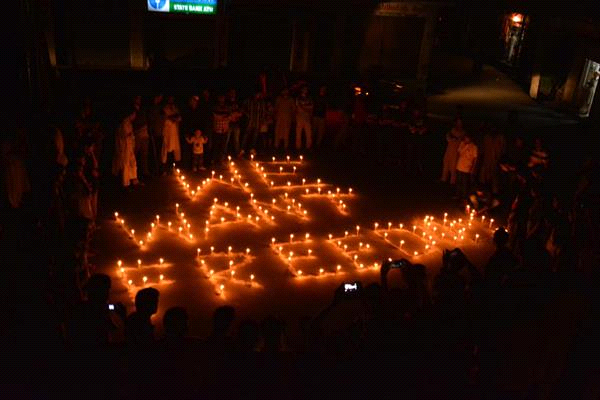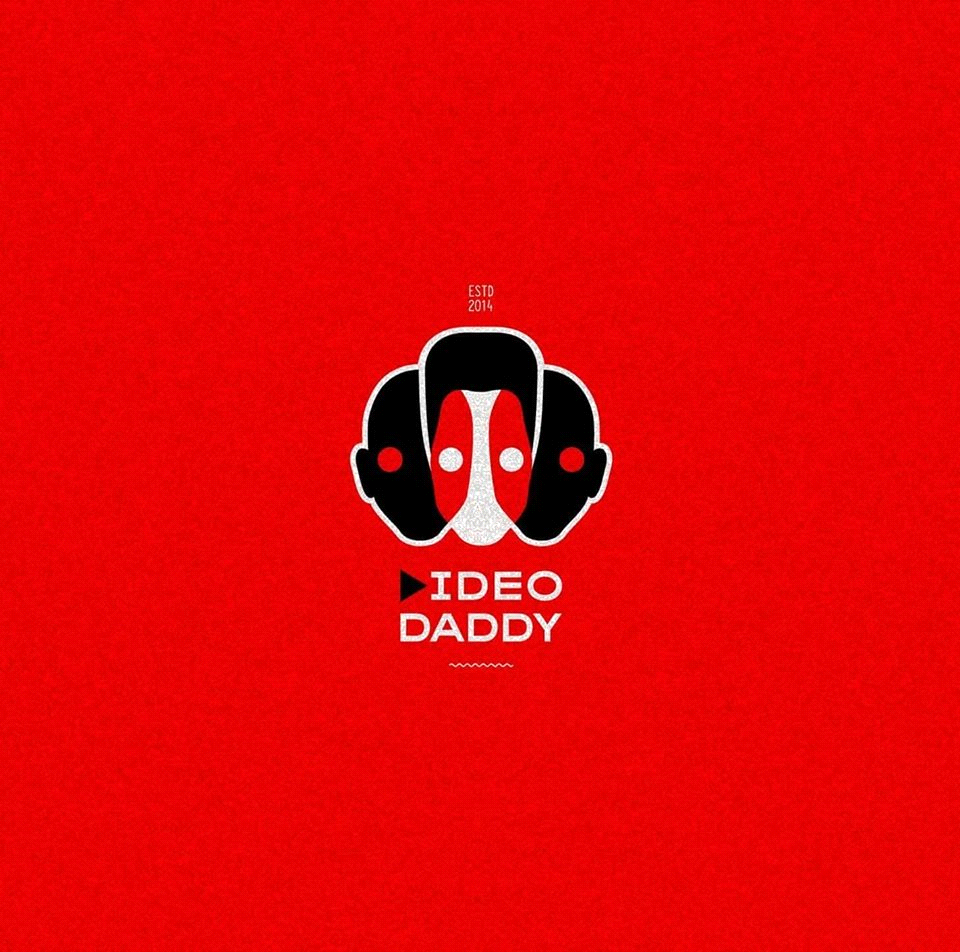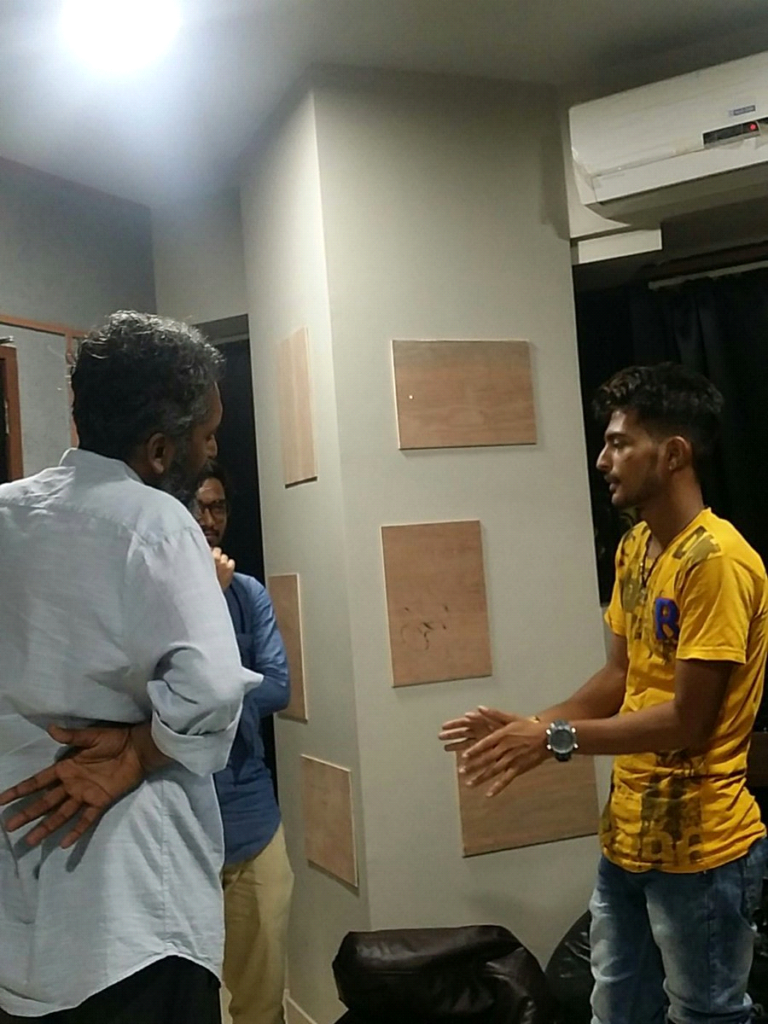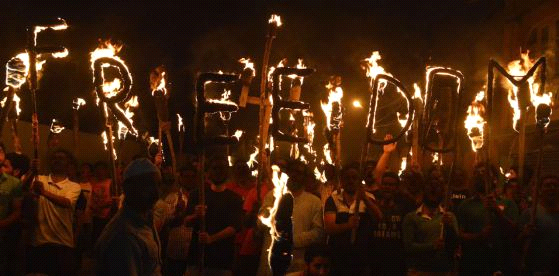Search
#CMCEvenings
May 15, 2017

Light in the dark (v)alley – ‘Kaash’mir
On 3rd May, World Press Freedom Day, the face behind Video Daddy unmasked the story of this beautiful valley, for our audience.
Along the shrouded streets of Kashmir and the sound of the pelting stones, a YouTuber along with his team decides to strap on the tools and camera to wage through an ongoing conflict to showcase the other side of the situation.

A story that sprouts from a 70-year-old dispute, has cloaked Kashmir with scars that are unheard and unseen. With minimalistic media representation and a hawk eye of the several political serpents, Kashmir has been silenced by the dominating authorities. While our television sets and newspapers have been barking about the atrocious interaction of the government officials and the locals, Video Daddy’s documentary series, ‘Live from Kashmir’, takes us on another journey. The unrest that cropped up in July 2016, prompted the Video Daddy team to scavenge the truth to the matter in this ‘paradise lost.’

The media coverage during this outrage got spoken off in a three-part documentary created by Sreejith, at #CMCEvenings. Bridging the gap between what’s being told and how the scenario is, the documentary leaves you to scratch the surface of your mind, that feeds upon the fodder from the so-called ‘official sources.’ In situations as hostile as such, it becomes immensely imperative to have a look at things up close or else there are sufficient channels to distort the information and have it flow in pattern to enrage and misguide the minds.
While freedom of expression and speech does exist in the constitutional part of our country, the press still has the license to volley the information our way in their own manner or as directed to them; hence it makes for our own good to touch the root before blaming the tree.

At the start of the media coverage documentary, a section reads – “Your filter bubble is kind of like, your own personal unique universe of information, that you live in online. And what’s in your filter bubble, depends on who you are and what you do. But the thing is that you decide what gets in, and more importantly, you don’t actually see, what gets edited out!” In an attempt to narrate this bit of ‘what gets edited out’ and the abstract spurts of disharmony, the documentary talks about the void of normalcy in the life of the people there. A country like India that happens to have an army of 13 lakh and deploys 7 lakh in Kashmir, definitely gives way to build a climate of animosity in the state.
The screening of this series not only had the students and audience see the troubled faces but a timeline which takes us way deeper into the matter. Not having a sloppy or an intensely gruesome portrayal of the matter, left the faces to wonder how media can iron out this deep-rooted issue?

The curfew has laid the foundation for frustration in a manner which gives the government officials an upper hand to call the shots and talk about their side of the story and not the complete picture.
The medium of media, which is far more brutal and sharper than any weapon, needs to percolate into this matter in Kashmir and not exhibit hypothetical conclusions but the ground realities instead. Drawing to the essence of World Press Freedom Day, the talk session dwelt upon the journalistic ethics needed in this beleaguered state. Journalism needs to break down the walls that create the conflict rather than helping place the bricks to create one.

Before the voices within this valley are lost owing to the actions of Pakistan and India, media should unite as medium and create a movement. It’s time to unleash the atoms of reality and not give birth to more miscreants.



